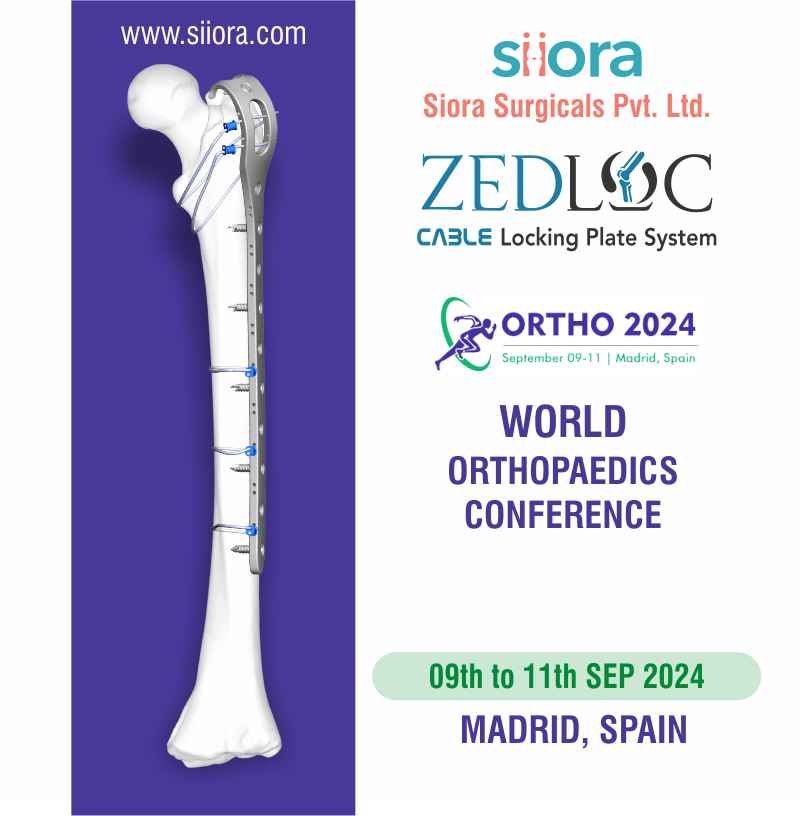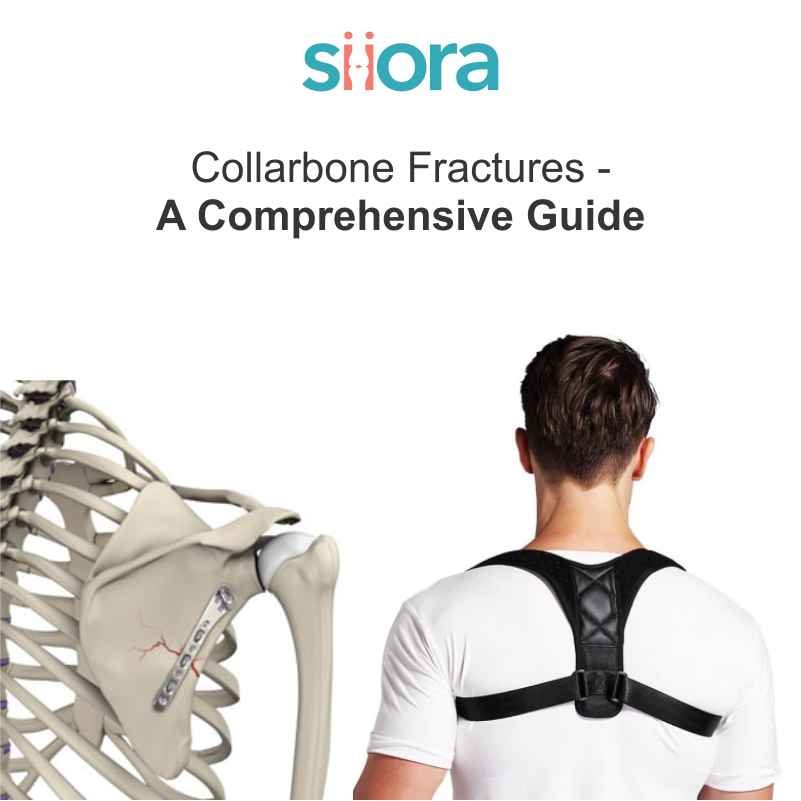The orthopedic implants manufacturers deploy many of the metal-working methods for trauma implants manufacturing. A brief account of the fabrication process of some implants follows.
An orthopedic bone screw is manufactured by very precise procedures from titanium or steel rod with a diameter of at least the width of a cannulation at this step, which is added by gun drilling. Gun drilling is an exact process with minimum variation from the required dimensions. The special drill contains a central channel for cooling fluid delivery as well as for removal of metallic debris. The next step in screw production includes machining of the threads. The cutting flutes are cut on a Lathe/ CNC Turning Centre or a SPM. In the bone head drilling and punching with a hexagonal tool is done to make recess for Screw Driver.
Electropolishing as well as passivation are done on the screw to clean the material after machining and increase the resistance of material to the corrosion.
A bone plate is produced from a sheet from which its profile is cut by laser Cutting. Different variety of plates, shaped to suit the bone profile on which it must be fitted, are cut out of steel or titanium sheets. After facing, holes are drilled or milled according to the design (self-compressing or round).
The plate for a sliding hip screw is produced from a bar which is forged and bent to the desired angle (e.g. 135?, 140?, 145?, 150?). The plate’s barrel segment is turned on a lathe and the barrel hole is drilled as well as broached. The plate is than milled to attain the correct profile. The holes of plate are milled to obtain the correct profile. The counter on the holes of plate are milled and the product is finally finished. Finishing is labour intensive job, which needs advanced manual skills.
AO/ASIF nail is an example of combined metal working techniques. This is made from a tube which is cold drawn as well as annealed several times to decrease the wall thickness and diameter of the tube.
Then the longitudinal slot is cut into the tube, and the drive is threaded. The locked Universal nail isn’t made from a sheet of stainless steel but from a stainless-steel tube which is cold drawn and annealed many times to decrease the wall thickness and diameter. A longitudinal slot is then cut into the tube and, finally, the threads are cut in the drive. A non-slotted nail is manufactured from a solid bar of stainless steel. The central cannulation is produced through the method of gun drilling.
It is evident from above that machining of implants utilizes many machining and metal working techniques. They are essentially in ‘cold condition’ i.e. at a temperature at which its microstructure is not affected.








